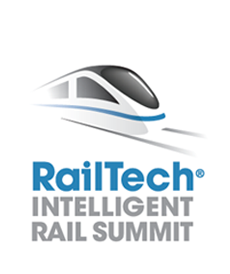Volker Knollmann
Head of the R&D system architecture group for automatic driving, diagnosis and connectivity at Siemens Mobility Management
Presentation title:
Automatic Train Operation Migration Strategies
Summary:
As of today, the implementation of Automatic Train Operation (ATO) for regional and main lines has a strong focus on technical solutions and their operational benefits. The European project “Shift2Rail”, for instance, is currently establishing a set of specifications that will govern the integration of ATO and ETCS.
Undoubtedly, technical solutions and their benefits are important topics but they are by no means sufficient for a successful, large scale ATO deployment. Such a deployment much rather requires a holistic strategy that takes all directly and indirectly affected parties into account.
Being a complex, cross-cutting system-of-systems, the parties affected by ATO comprise Traffic Management Systems (TMS), communications, train protection equipment, rolling stock, drivers and operators alike. Given this variety of stakeholders it is unlikely that anyone will simply “switch on” an ATO and lives happily ever after. Such a “Big Bang” will simply not work. Thus, it is inevitable to establish clever migration strategies that lead the way towards highly automated train operation, especially for existing lines and fleets. In our contribution to the Intelligent Rail Summit, we would like to present various elements of ATO migration strategies and how they can be combined to fit our customer’s needs. Among others, these elements include:
- Stepwise increases of ATO functionality and/or performance;
- Various roll-out regimes (e.g., regional, line-wise, fleet-wise, …);
- Integration of national TMS or national train control systems; and
- Generic frameworks / concepts for ATO demonstrators.
We will show how these building blocks can be combined to a comprehensive ATO migration strategy that efficiently supports the introduction of mainline / regional ATO solutions.
Speaker biography:
Volker Knollmann is heading the R&D system architecture group for automatic driving, diagnosis and connectivity at Siemens Mobility Management in Braunschweig, Germany. Before assuming this position, he worked for more than ten years on the European Train Control System ETCS. His work on ETCS includes system management for bids and projects at Siemens as well as scientific research on modeling and testing of ETCS at the German Aerospace Center. In addition to his ETCS activities he worked for three years for Siemens Industry Inc. (USA) as a combined product and system manager for PTC (Positive Train Control). He holds a doctorade degree from the Braunschweig Technical University for his research on modeling and testing of train control systems
